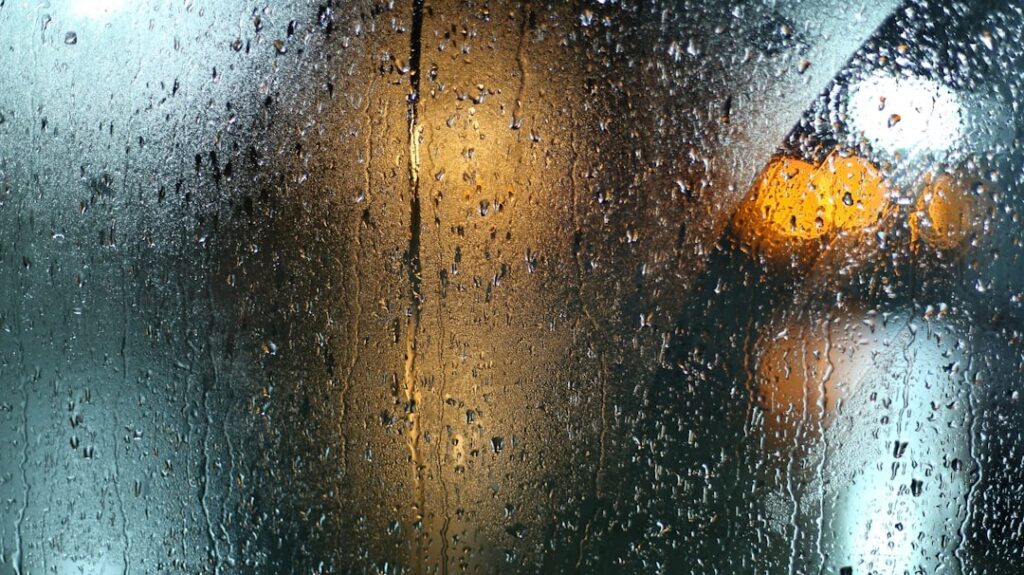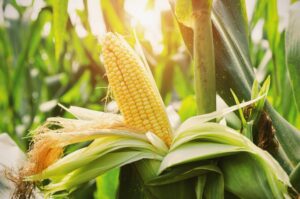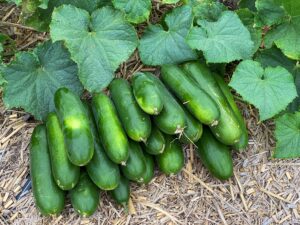
Rainwater is one of nature’s most valuable gifts. It nourishes our planet, refills rivers and lakes, and supports all forms of life. But there’s more to rain than meets the eye. In this article, we’ll explore amazing facts about rainwater, its importance, and how it impacts the environment and our daily lives.
1. Rainwater Is Naturally Pure at First
When rain forms high in the atmosphere, it is initially pure and free of contaminants. However, as it falls through the air, it can collect dust, pollutants, and microorganisms. That’s why rainwater harvesting systems often include filters to make it safe for use.
2. Rainwater Is a Renewable Resource
Rain is part of the Earth’s natural water cycle, making it one of the most sustainable and renewable water sources available. With proper collection and storage, it can help reduce dependence on groundwater and municipal supplies.

3. Rainwater Harvesting Saves Money
Collecting and using rainwater for gardening, cleaning, and irrigation can lower water bills and reduce the strain on local water systems. It’s an eco-friendly practice that supports water conservation.
ALSO SEE ; 10 Interesting Facts About Rain You Probably Didn’t Know
4. Not All Rain Is the Same
Rainfall varies around the world from light drizzles to tropical downpours. The amount and type of rain depend on climate, geography, and weather patterns. Some regions receive over 400 inches of rain a year, while others get almost none!
5. Rainwater Can Be Used for Drinking If Treated Properly
In many rural and island communities, treated rainwater serves as the main source of drinking water. Proper filtration and disinfection make it safe for human consumption.
6. Rainwater Helps Replenish Groundwater
When rain soaks into the soil, it recharges underground aquifers. This process is vital for maintaining freshwater supplies and ensuring that wells and springs continue to flow.
7. Acid Rain Is a Real Problem
When air pollution mixes with rainwater, it creates acid rain, which can harm plants, aquatic life, and even buildings. Reducing emissions of sulfur dioxide and nitrogen oxides helps prevent this environmental issue.
8. Rain Has a Distinct Smell “Petrichor”
That earthy smell you notice when it rains after a dry spell is called petrichor. It comes from oils released by plants and a compound called geosmin, produced by soil bacteria.
9. Every Drop Counts Rainwater Can Be a Lifesaver
In arid and drought-prone areas, rainwater harvesting provides an essential alternative water source for farming, sanitation, and drinking. It’s a simple, sustainable solution for water scarcity.
10. You Can Start Harvesting Rainwater at Home
Setting up a rain barrel or rooftop collection system is an easy way to conserve water. Use it to water your garden, wash your car, or clean outdoor spaces and make a positive impact on the environment.
ALSO SEE : Mutnovsky Ice Cave Russia: A Natural Wonder Beneath a Volcano
Rainwater is a precious, renewable resource that sustains life on Earth. Understanding these facts about rainwater reminds us of the importance of protecting our environment and using water wisely. Whether you live in a rainy or dry area, every drop of rain has value.






